This week's topic is open water swimming. We're not going to drum up the usual stuff; instead we're going to talk about some things you might not know already. As always, please share your own experiences and wisdom with the community in the comments!
Translating Technique from the Pool
The next time you head out for an open water swim, remind yourself that YOU KNOW HOW TO DO THIS.
Most commonly I see folks compromise their body position with their attempts to sight or figure out their mechanics in a wetsuit or navigate the undulation of a large body of water. Tonight we'll tackle all three.
Apply these simple reminders in your warm-up and you will be smooth-sailing in no time:
- Keep your head down except for sighting. An upward tipped head leads to sagging hips == DRAG, even in a buoyant wetsuit. See our next topic below to build confidence in your sighting.
- Just because you're wearing a wetsuit doesn't mean you don't have to kick. Dump what those coaches of yore told you about not kicking to "save your legs"; a light but steady flutter kick will keep your body position in check and warm up your legs for their challenge ahead. Work on ankle mobility out of the water if you experience cramping, but don't use it as an excuse not to kick!
- Rewrite your mindset: imagine you're moving water out of the way as opposed to pulling yourself through the water. This helps me find my water feel and feel like I'm propelling quickly without the ability to count strokes per lap to indicate efficiency.
- Lead with your elbows; this is crucial when conditions are choppy. This one threw off my lady crew a bit; let me explain: if you imagine your upper arm to be the crank on your bike, then your shoulder is the bottom bracket and your elbow is the tip of the crank arm. When you lead with your elbow you'll have nice, fluid motion through your shoulder and your hand will naturally fall into place in the water for the entry and catch. Not doing this is like hammering up a hill on the bike - you recruit muscles you don't need, fatigue or even inflame your joints and ultimately waste energy that should be used to move you forward.
- Wear a sleeved wetsuit & warm-up whenever possible before a race to ensure proper fit for your shoulders. It should be snug with flexibility to be limber in the crotch and the armpits. If it feels like it's tugging towards your knees or wrists, it's not up far enough. An ill-fitting suit will quickly fatigue your triceps, shorten your stroke and potentially cause breathing restrictions; take the time to don it properly!
Sighting: Alligator Eyes
For context, you do NOT perform this technique on a breath! This methodology urges that the motion of breathing is only meant to perform the breathing function, and sighting is only for the purpose of re-centering your tactical position in the water.
With that in mind, you're swimming at steady-state on a 2-3 or 3-5 or whatever breathing pattern you like best (I recommend bilateral and favoring your stronger arm for the more frequent repetition). In between breaths you will lift your head so the water surface meets roughly the bottom of your goggle line - look, then quickly place your head back down.
If your'e still disoriented, repeat this step until you are re-centered towards your target.
It's referred to alligator eyes since you're barely peeking over the water much like this technique's namesake.
Navigating Waves
A few shocking, but true, tips to remember:
- DON'T FIGHT THE WATER. Relax and try to match the rhythm of your stroke to the pattern of the waves.
- Breathe INTO the waves. What?? YES. Waves will break on the opposite side of your head that they arrived. When they break they crash over you, right? So if your mouth is open on the breaking side of the wave, you can imagine the result. *COUGH*CHOKE*SPUTTER* Give it a try and let me know how it goes :)
- Time your sighting stroke at the crest of a wave. Free elevated view? Yes please! This works best when conditions are not washing-machiney and have a perceptible pattern.
- Draft off the inside of someone else who can receive the brunt of the wave for you. Free break-wall? Check and check! Sounds cut-throat, but this is strategy, people. Or if you have a swim-buddy, take turns being the break-wall. I like to draft off of strong swimmers and let weak swimmers draft off me...that's my way of paying it forward in a race.

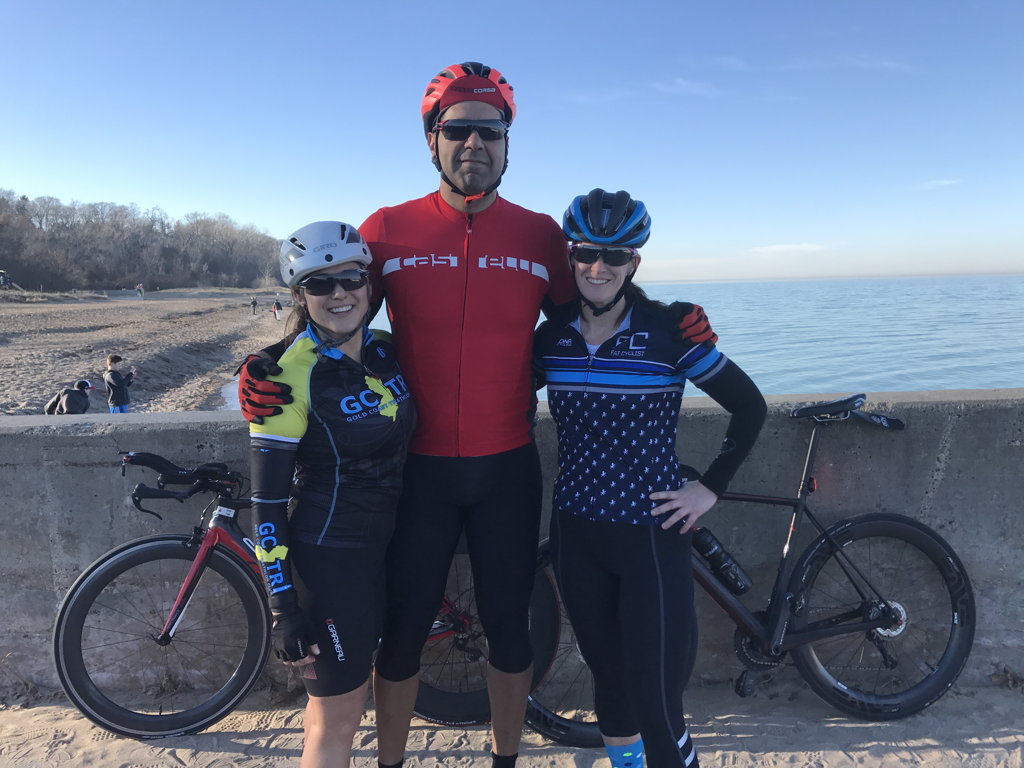
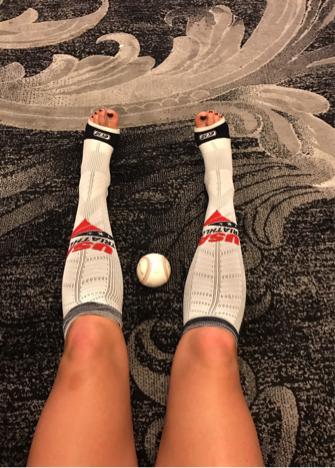

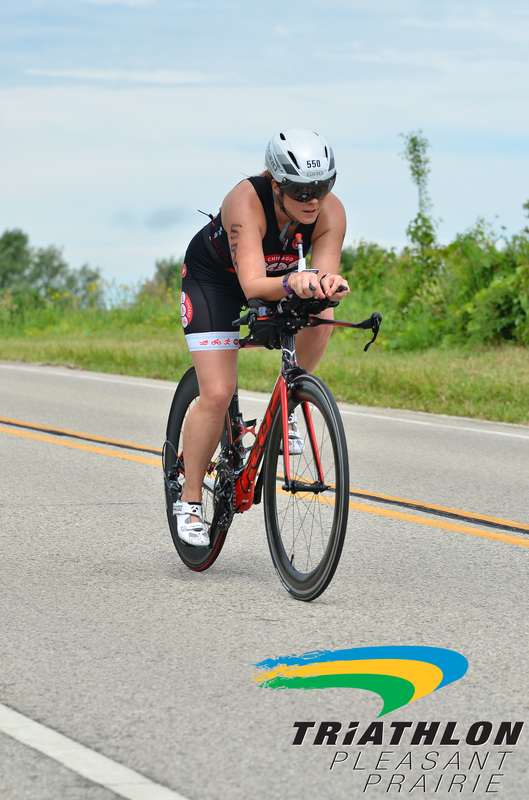

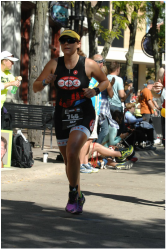
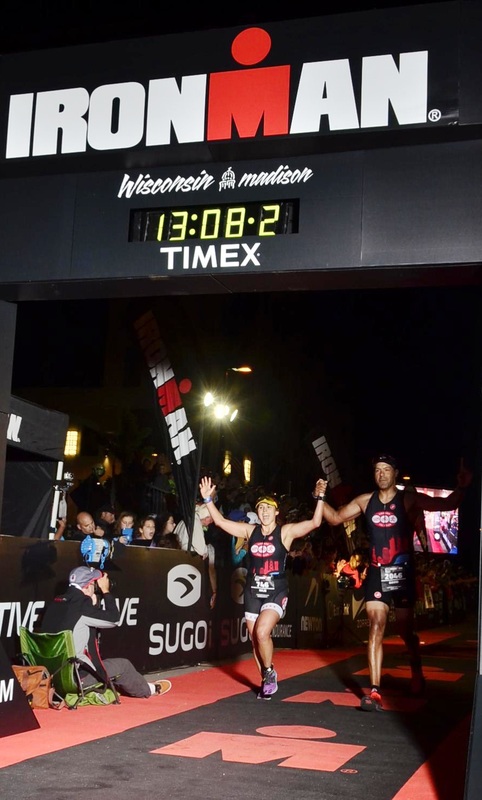

 RSS Feed
RSS Feed
